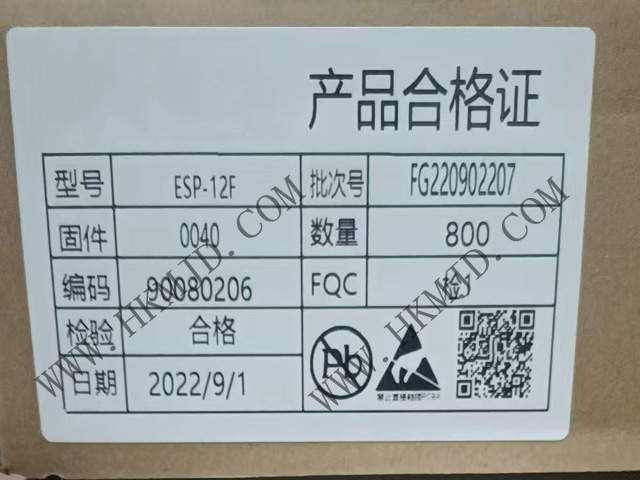Welcome Here Shenzhen Mingjiada Electronics Co., Ltd.

sales@hkmjd.com

sales@hkmjd.com

Service Telephone:86-755-83294757
 Latest Information
Latest Information Home
/Industry Information
/
Home
/Industry Information
/
In 2022, the global smart home industry will enter an era of excellent development
According to Omdia data, the global smart home market is expected to continue to experience weak growth from 2021 until returning to an upward trajectory in 2023.
According to Omdia data, the global smart home market is expected to continue to experience weak growth from 2021 until returning to an upward trajectory in 2023. The downward trend is due to a combination of factors, including stagnant wage growth, rising unemployment, and a projected sharp drop in retail sales, especially in 2022. A return to strong growth, comparable to pre-pandemic levels, is expected from 2023 due to increased demand for energy management solutions and the upcoming Matter standard.
Omdia's latest "smart home device research" shows that in 2021, smart speakers will ship the most globally at 195 million units, followed by lighting, plugs/switches and connected health devices. The fastest growing devices over the next five years are water leak sensors/shutoff valves, connected major household appliances, plugs/switches, air quality monitors and smart door locks, with a CAGR for these devices from 2021 to 2026 Both are expected to exceed 30%.
In terms of household coverage of smart home devices, Omdia estimates that in 2021, about 55% of broadband households in the United States will have smart home devices installed, while in EMEA, the coverage rate is 21%. Coverage in the Americas in 2021 is 44%, compared to about 14% in Asia and Oceania.
In terms of market share per unit shipment, Xiaomi is expected to be the market leader in 2021, followed by Alibaba, Amazon, Google and Baidu. These top five brands are mainly focused on smart speakers, while the next four brands: IKEA, Sengled, Ledvance and Signify are mainly focused on lighting applications.
Matter's impact will be slower than originally anticipated. Omdia predicts that assuming that devices shipped in 2023 are fully Matter-compatible, and considering that some device types will be part of Matter 1.0, an estimated 424 million devices are expected to feature Matter. This equates to 44% of global device shipments for all of 2023. Meanwhile, with devices such as home appliances, security cameras, and vacuum cleaner robots not included in Matter 1.0's release, the initial impact will be slow, especially considering that many brands of devices won't be fully compatible with Matter. In fact, by 2023, far less than 44% of global device shipments are truly compatible with Matter. While Omdia believes Matter will have a positive impact on smart home adoption, it remains cautiously optimistic.
The next few years will be difficult for many brands as costs continue to rise. Service prices are likely to rise (Wyze and Ring) as brands grapple with rising costs, while one-off hardware sales face increasing price pressure from low-cost brands (thermostats) Meanwhile, Matter's impact on commoditization has yet to be seen. Additionally, more brands will be on the fringes, like Insteon and Wink, potentially making paperweights unusable for millions of users. Nonetheless, the smart home market has shown ample resilience, and the latest trends present ample opportunities for brands to focus and grow market share in the years to come.

Time:2025-09-06

Time:2025-09-06

Time:2025-09-06

Time:2025-09-06
Contact Number:86-755-83294757
Enterprise QQ:1668527835/ 2850151598/ 2850151584/ 2850151585
Business Hours:9:00-18:00
E-mail:sales@hkmjd.com
Company Address:Room1239, Guoli building, Zhenzhong Road, Futian District, Shenzhen, Guangdong
CopyRight ©2022 Copyright belongs to Mingjiada Yue ICP Bei No. 05062024-12

Official QR Code
Links: